After several days of nest searching, Liz and I manage to catch all 15 swallows that we needed in one long and crazy night in the small fishing village of Bako. It involved significant amounts of mud. This meant that we were finished with Kuching and have since moved on to the city of Bintulu, about half way up the northern coast of Borneo.
Bintulu is a town rarely frequented by tourists its main draw is a large palm oil mill and offshore drilling. People seem surprised to see us here. One of the first things you hear when you step into the town of Bintulu is birds. Loud trills, cries, and calls. The sky is filled with black shapes with pointed wings that are circling, whirling, and darting. These are not swallows, they are swifts. Swifts and swallows look a lot alike, but they are actually not closely related. Swifts and swallows are a great example of convergent evolution. Both eat flying insects on the wing and evolution has thus provided each of them with pointed wings, long flat bills, similar body shapes, short legs, and good eye sight. In fact, the closest evolutionary relatives to swifts are actually hummingbirds.
Bintulu is a town rarely frequented by tourists its main draw is a large palm oil mill and offshore drilling. People seem surprised to see us here. One of the first things you hear when you step into the town of Bintulu is birds. Loud trills, cries, and calls. The sky is filled with black shapes with pointed wings that are circling, whirling, and darting. These are not swallows, they are swifts. Swifts and swallows look a lot alike, but they are actually not closely related. Swifts and swallows are a great example of convergent evolution. Both eat flying insects on the wing and evolution has thus provided each of them with pointed wings, long flat bills, similar body shapes, short legs, and good eye sight. In fact, the closest evolutionary relatives to swifts are actually hummingbirds.
We think these birds might be close competitors with swallows. They eat similar types of foods and sometimes nest in similar locations. We have also noticed, anecdotally, that where there are lots of swifts there seem to be fewer swallows. This means that finding all these swifts in Bintulu is not the best news for us, though it is pretty cool to see and hear so many at once. We will have to head out of the city if we are going to find many pacific swallows.
But why are there so many swifts in Bintulu? Liz and I identified several different species of swifts here. Some of these build mud cup nests, similar to swallows, and like to nest under the balconies of the tall buildings and in parking garages and bridges near the river. Bintulu just happens to be a good place for them. But some of the swifts are here because people have made a huge effort to lure and keep them here. They are farming the wild swifts, not for meat, eggs, or feathers, but for their nests.
But why are there so many swifts in Bintulu? Liz and I identified several different species of swifts here. Some of these build mud cup nests, similar to swallows, and like to nest under the balconies of the tall buildings and in parking garages and bridges near the river. Bintulu just happens to be a good place for them. But some of the swifts are here because people have made a huge effort to lure and keep them here. They are farming the wild swifts, not for meat, eggs, or feathers, but for their nests.
These small swifts, which are called swiftlets, build their nests not from mud, but from saliva. Male swiftlets produce long threads of stringy spit that hardens when it dries and they use it to build a small translucent cup nest. These nests are prized as a deliciously in many parts of Asia, but particularly in China and are used to make the famed bird-nest soup. These nests are cleaned, soaked, and then made into a soup that is referred to as the caviar of the East. They dissolve and give the soup a gelatinous texture that can be made either savory or sweet. Descriptions of the taste vary from bland to heavenly and exquisite. The nests are supposedly very nutritious and eating them is said to promote good health, particularly of the skin. As with many things, it is also said to be an aphrodisiac. Swiftlet nests are big business for Malaysia. It currently produces 380 tons of swiftlet nests a year, and the price is around $2000 US dollars for 1kg of nests.
Edible nest swiftlets would normally nest in caves, of which there are many in Malaysia. A large cave complex not far from Bintulu was historically home to a population in the millions of swiftlets. This has dropped significantly in recent years and heavy nest harvesting has led to sharp declines. Malaysia now lists all swifts as protected because of this. Harvesting swiftlet nests from caves can no longer meet demands and is quite dangerous. It requires people to climb up and balance on narrow bamboo platforms and many have fallen to their deaths. Instead, people use all sorts of tricks to get the swiftlets to nest in buildings. They convert top floor apartments into swift farms and build special swift houses by the river. Dark with small openings they resemble caves. In new houses, they even cart in buckets of bird guano to get the smell just right. Speakers, called “tweeters” blast the sounds of a swift colony at high volume to lure birds in. In parts of Bintulu it is so loud it hurts our ears to walk past. Can’t imagine the neighbors are very happy.
Liz and I have yet to try any birds nest soup, but we probably should before we leave Malaysia. I will report back on what it tastes like.
Liz and I have yet to try any birds nest soup, but we probably should before we leave Malaysia. I will report back on what it tastes like.
Swift farming on the top of an apartment building in Bintulu. The speakers are blasting the sound of a swift colony.
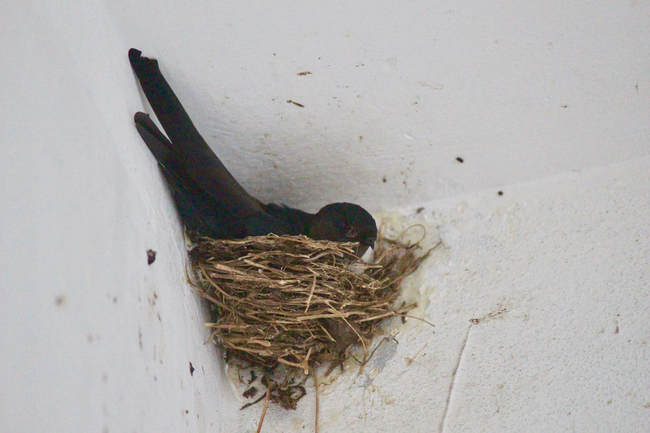
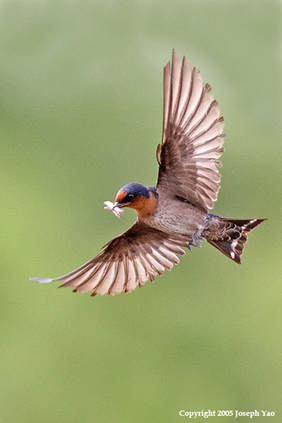
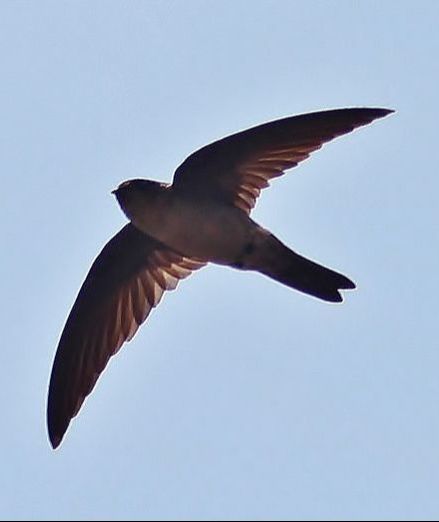
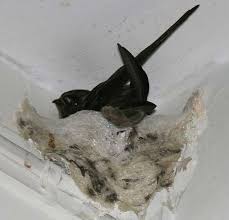
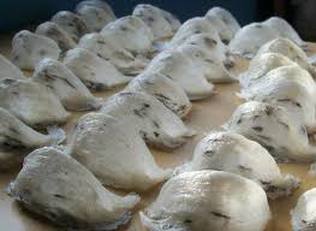
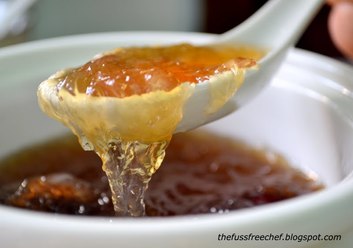
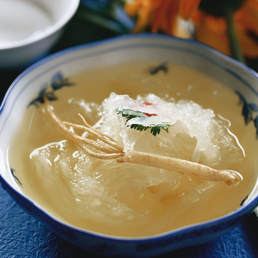

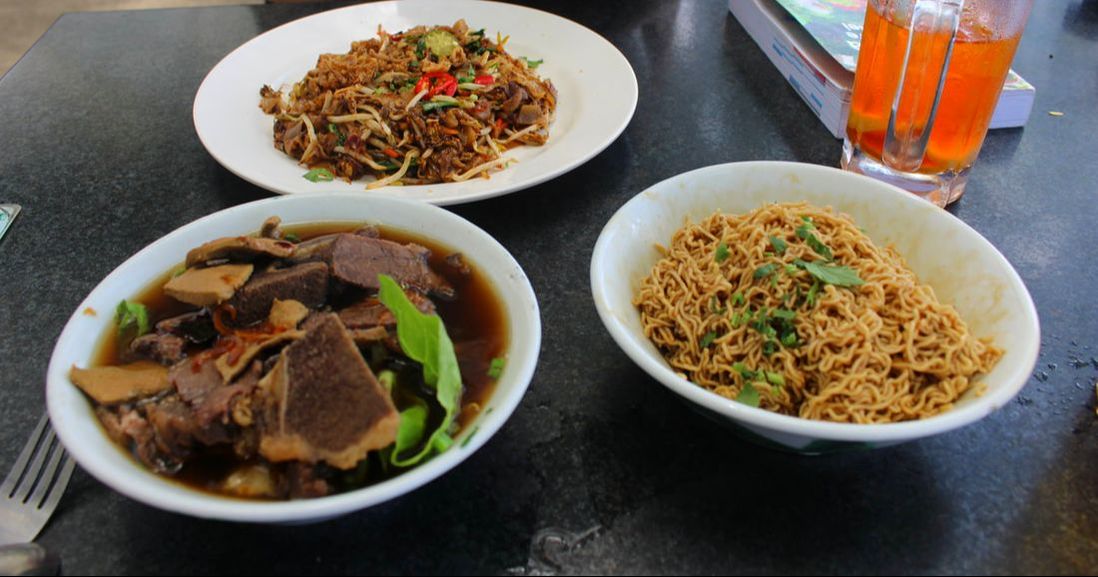
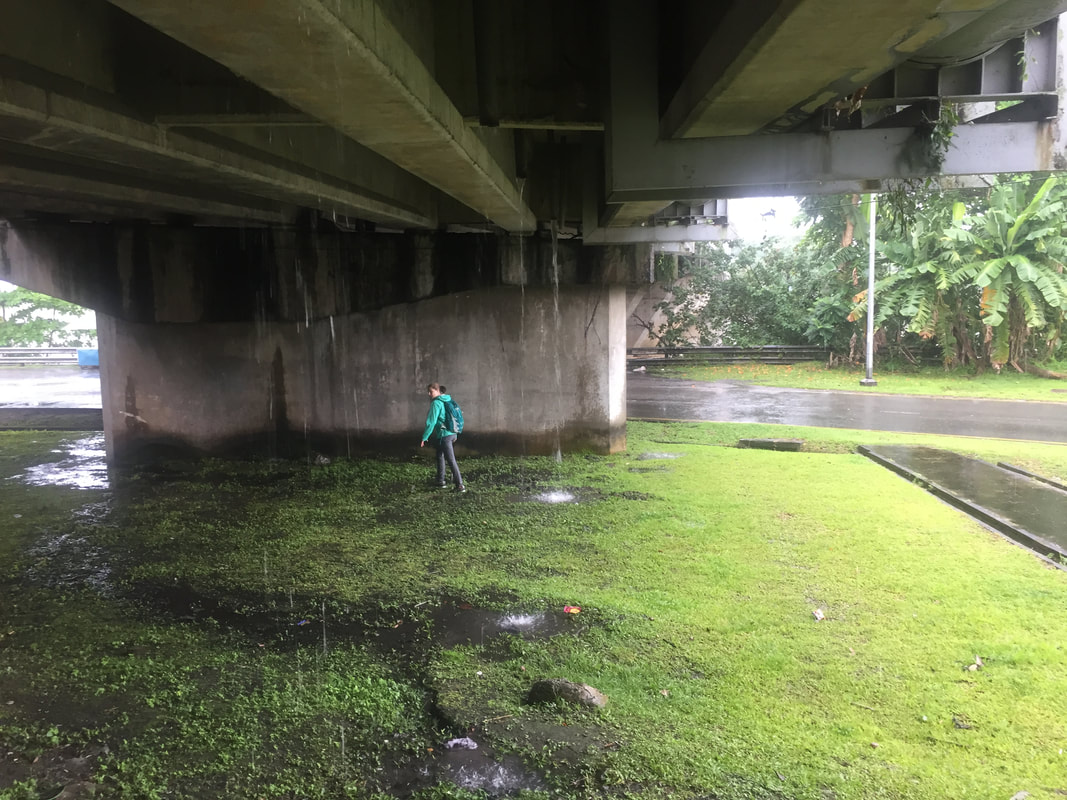
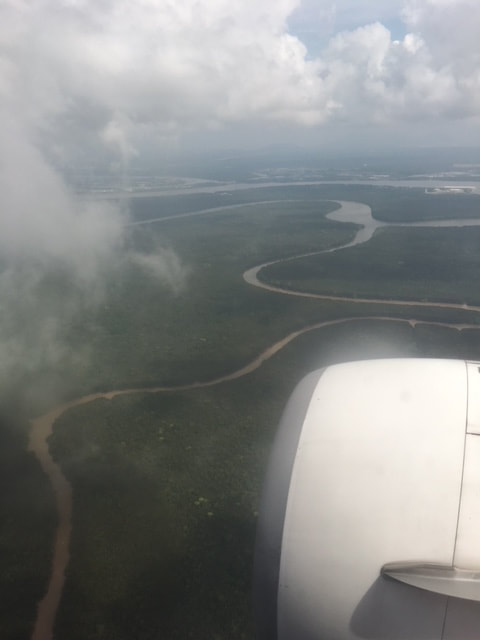
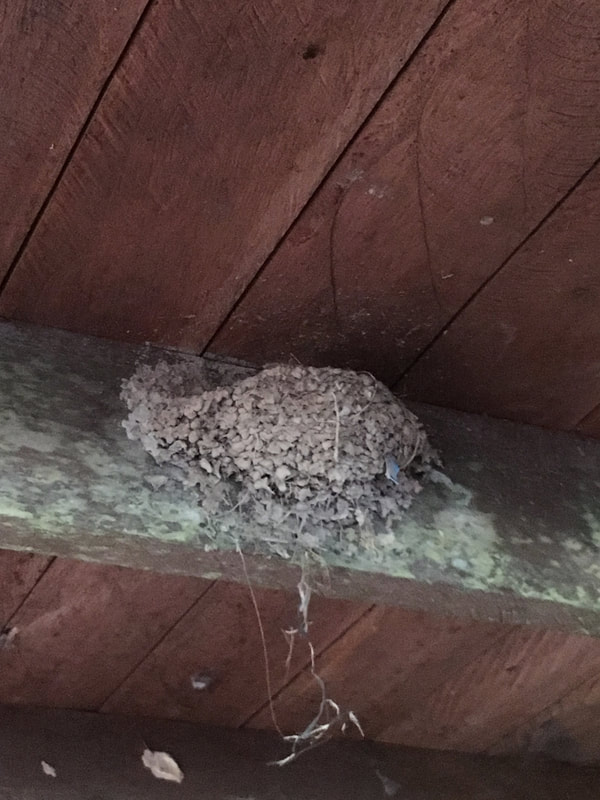
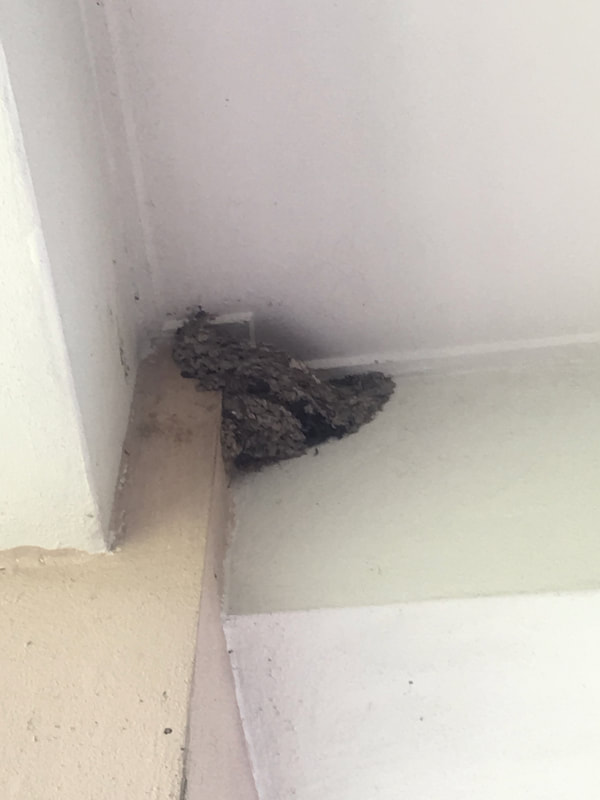
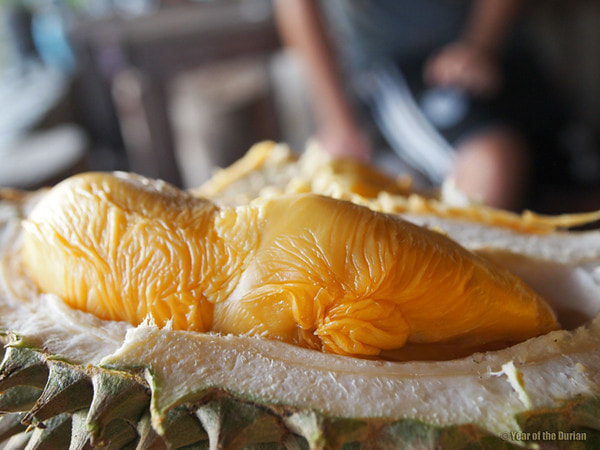
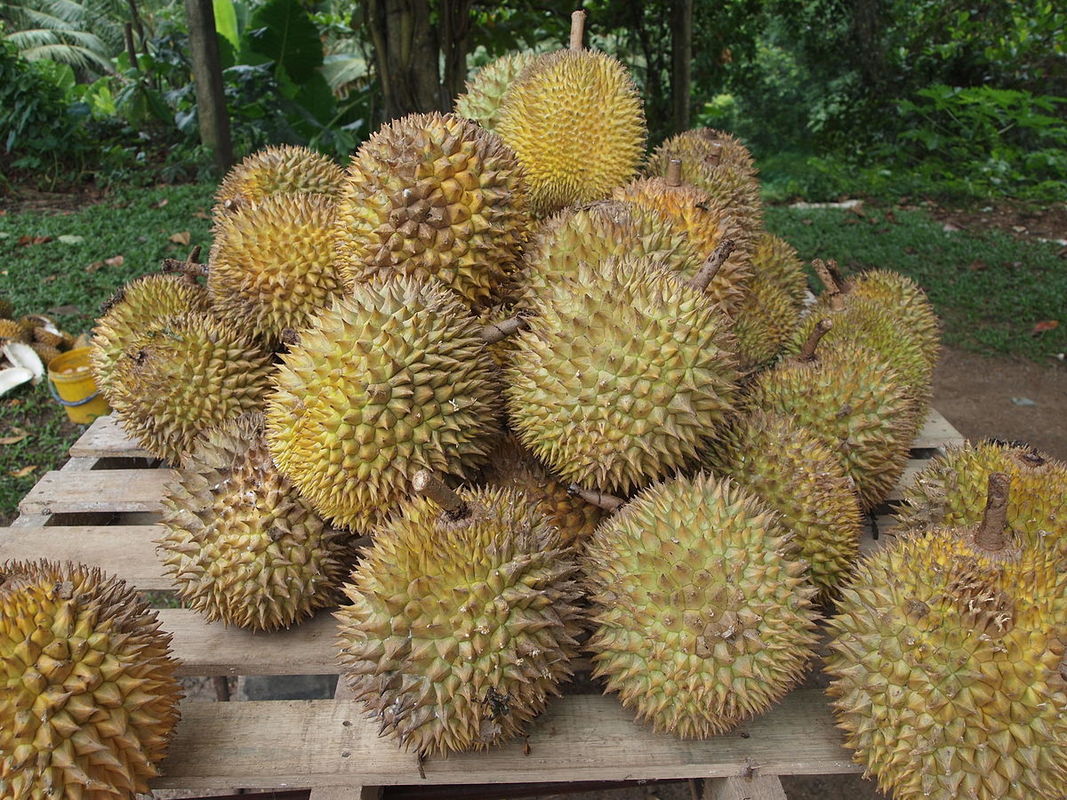
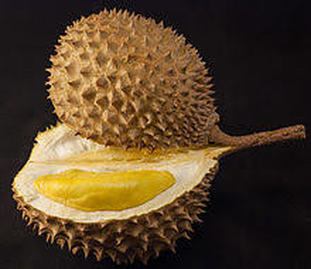
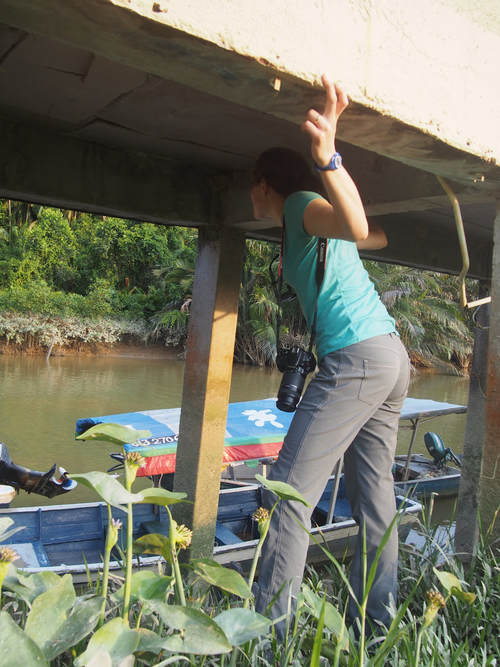
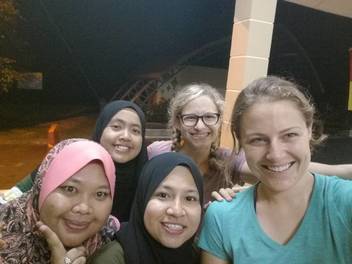
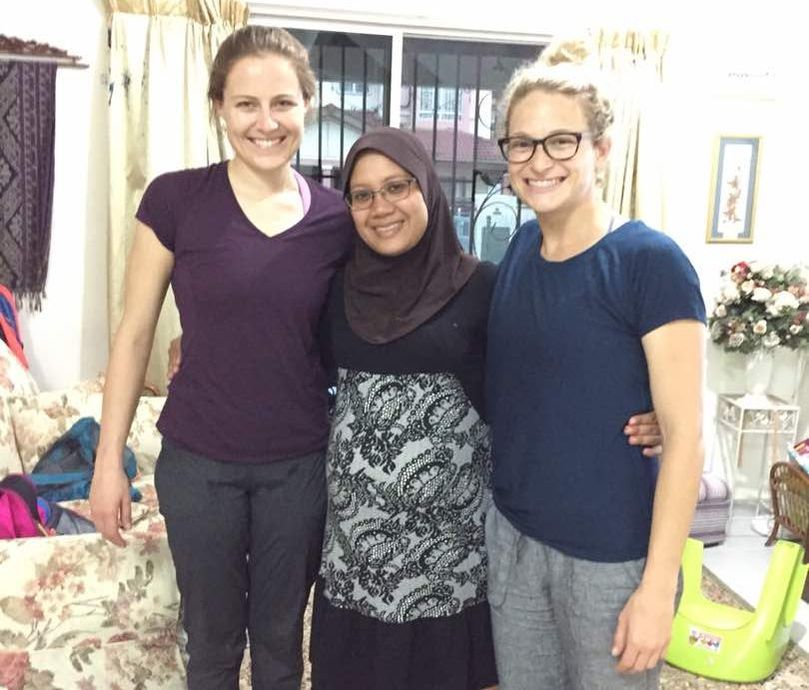
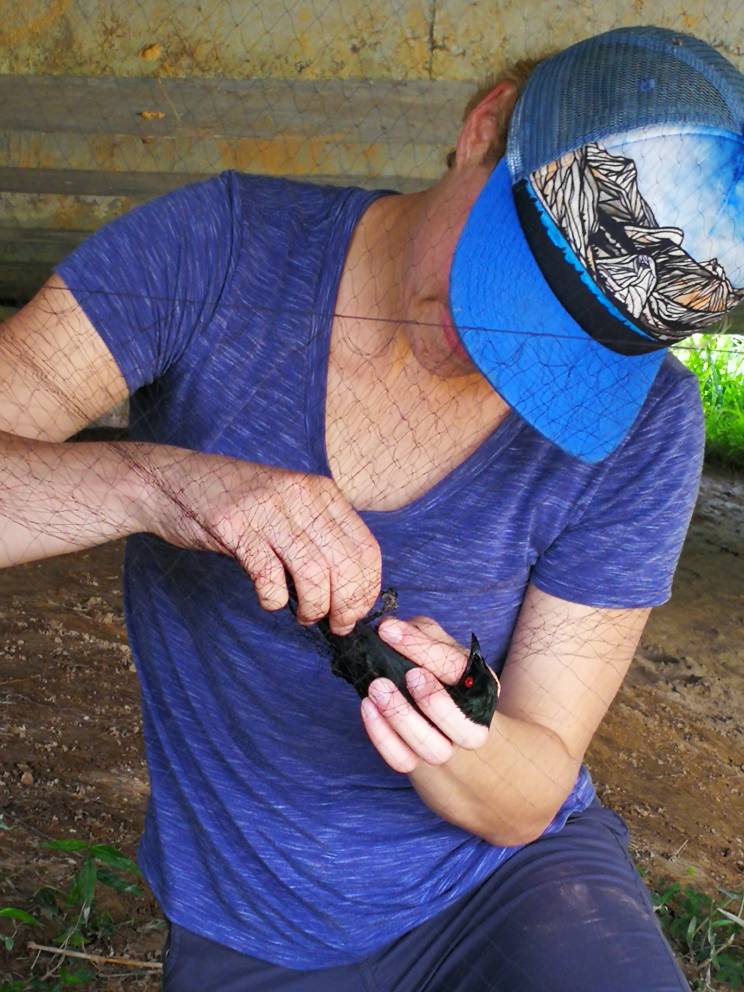
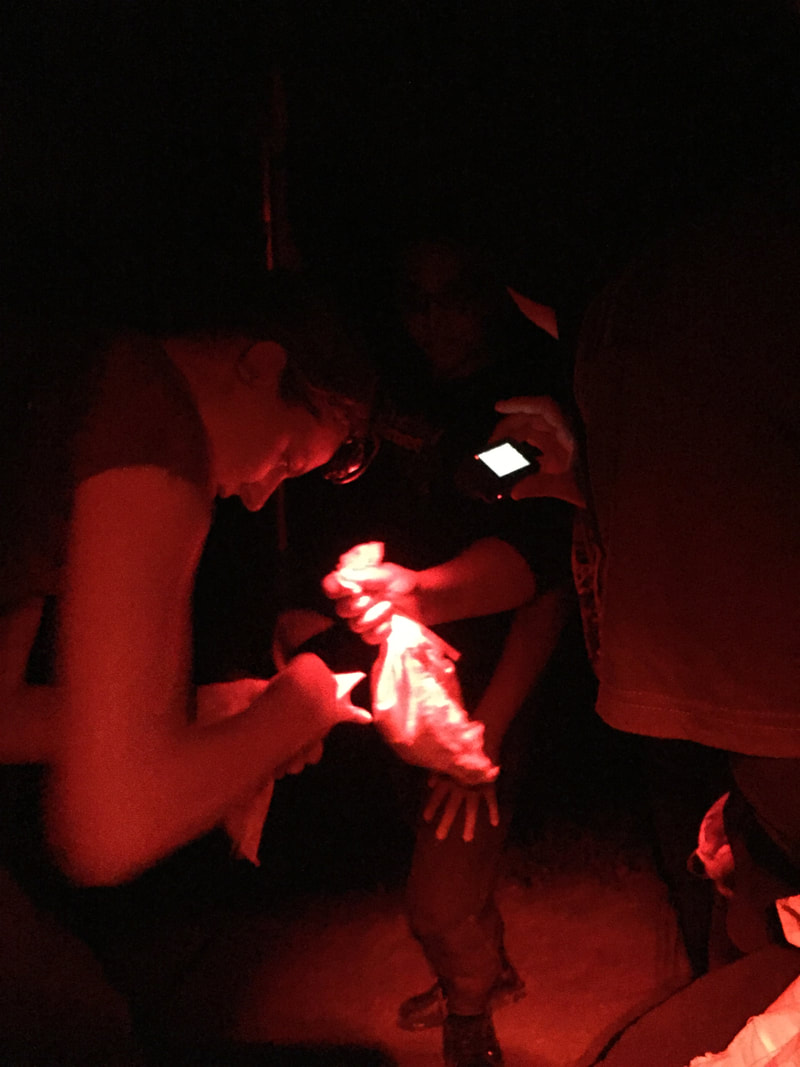
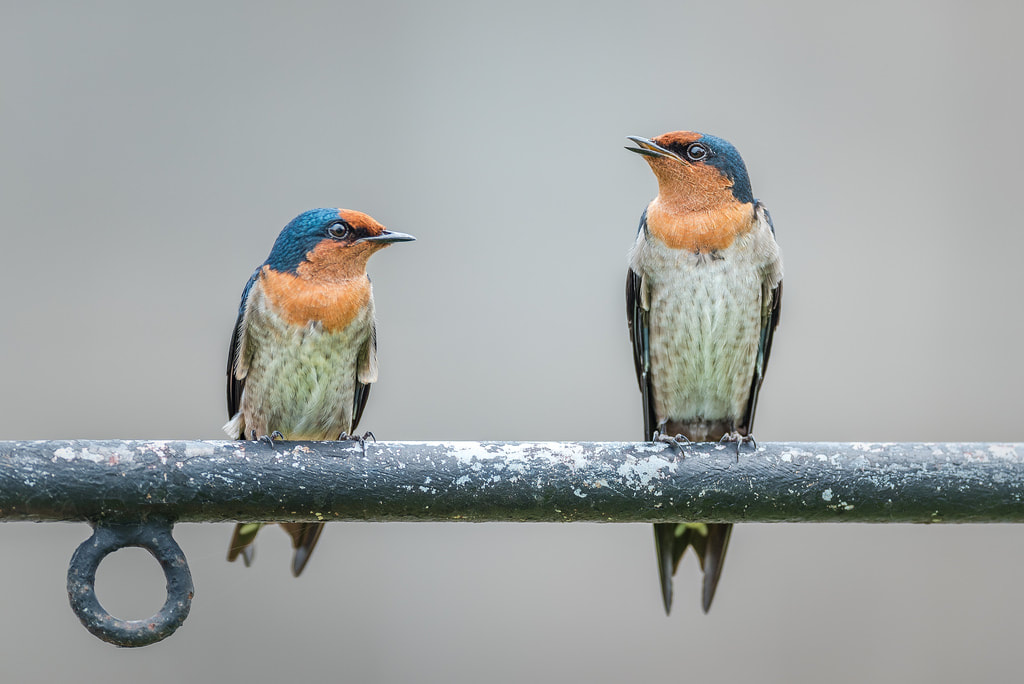
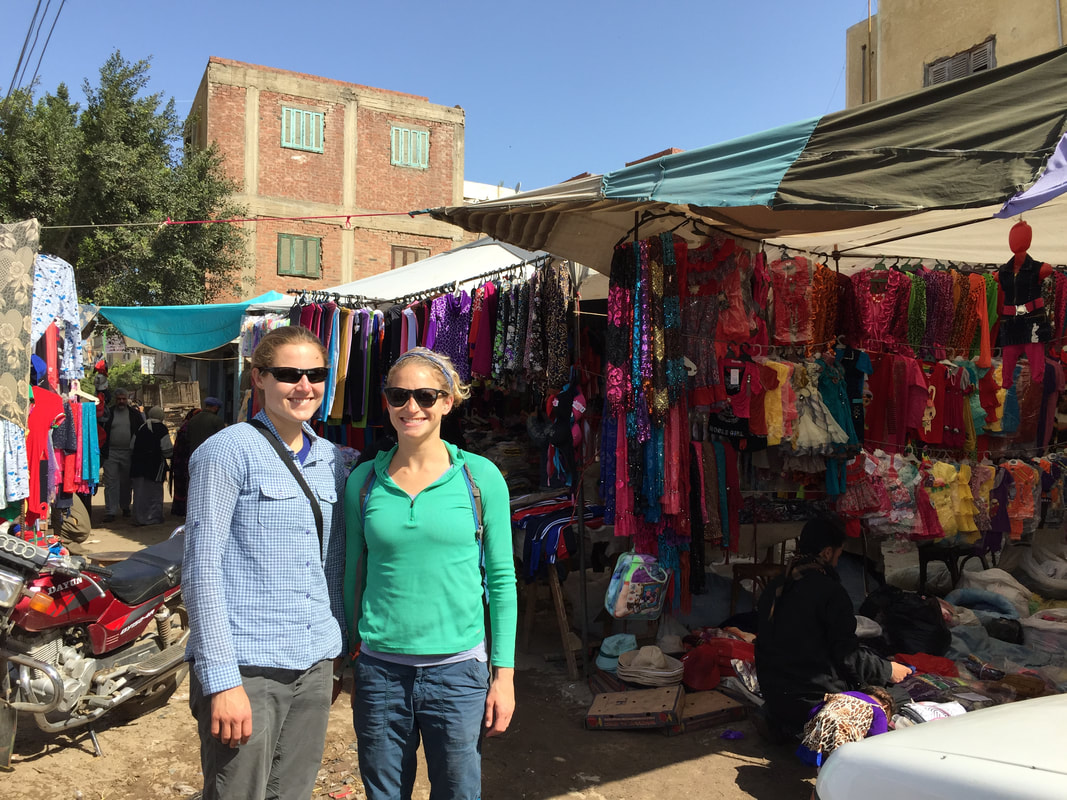
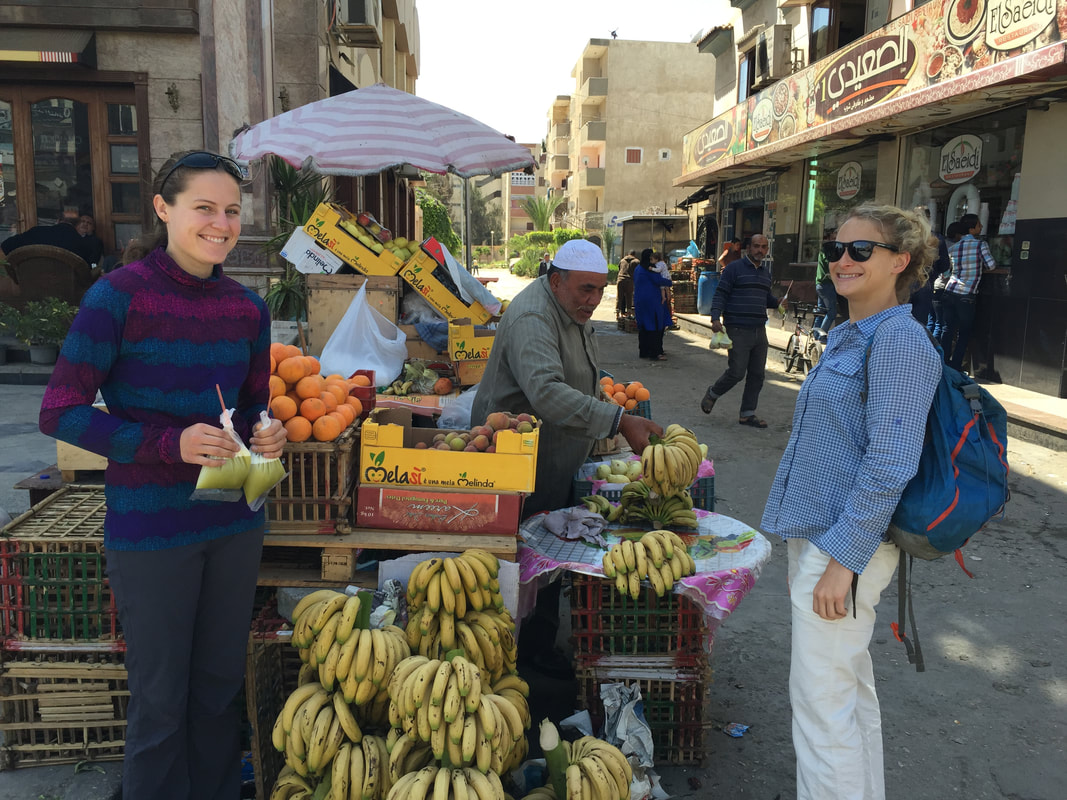
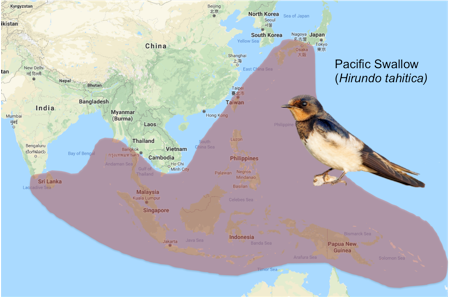
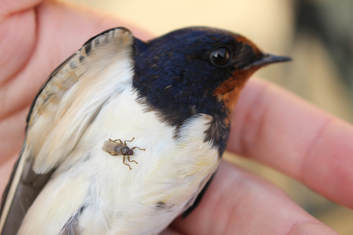
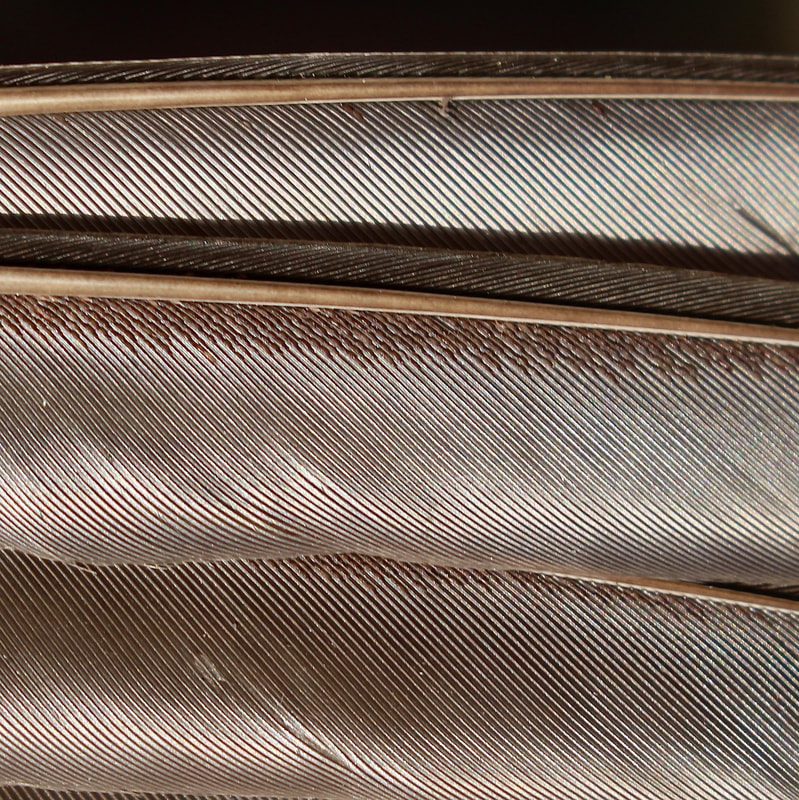
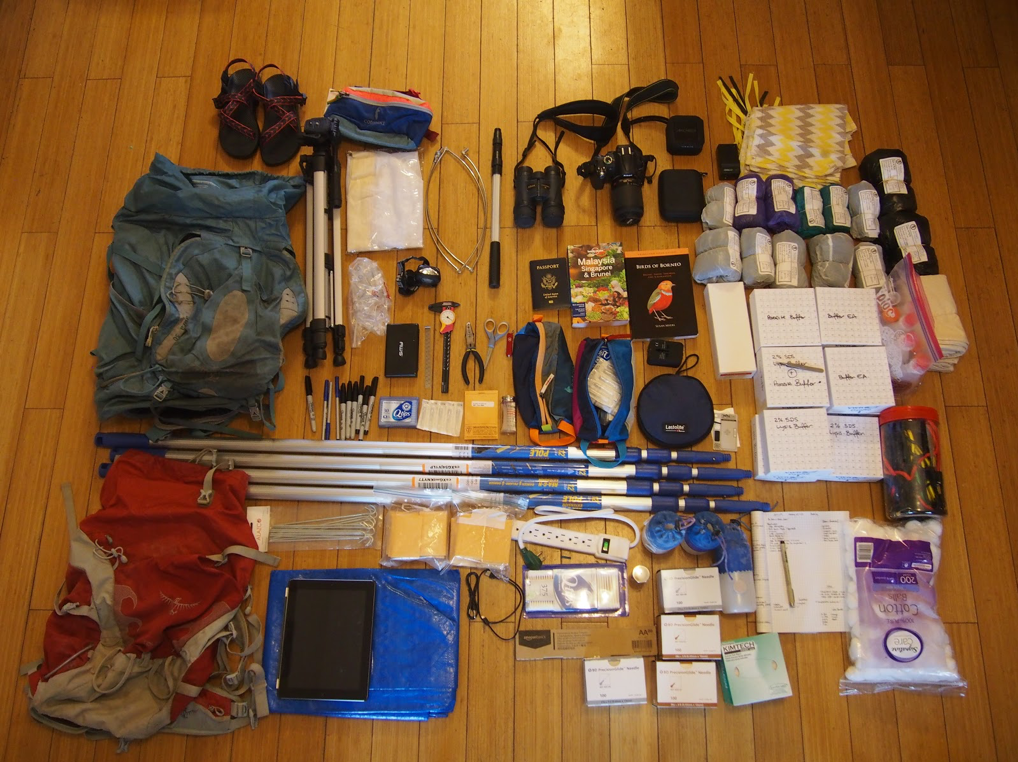
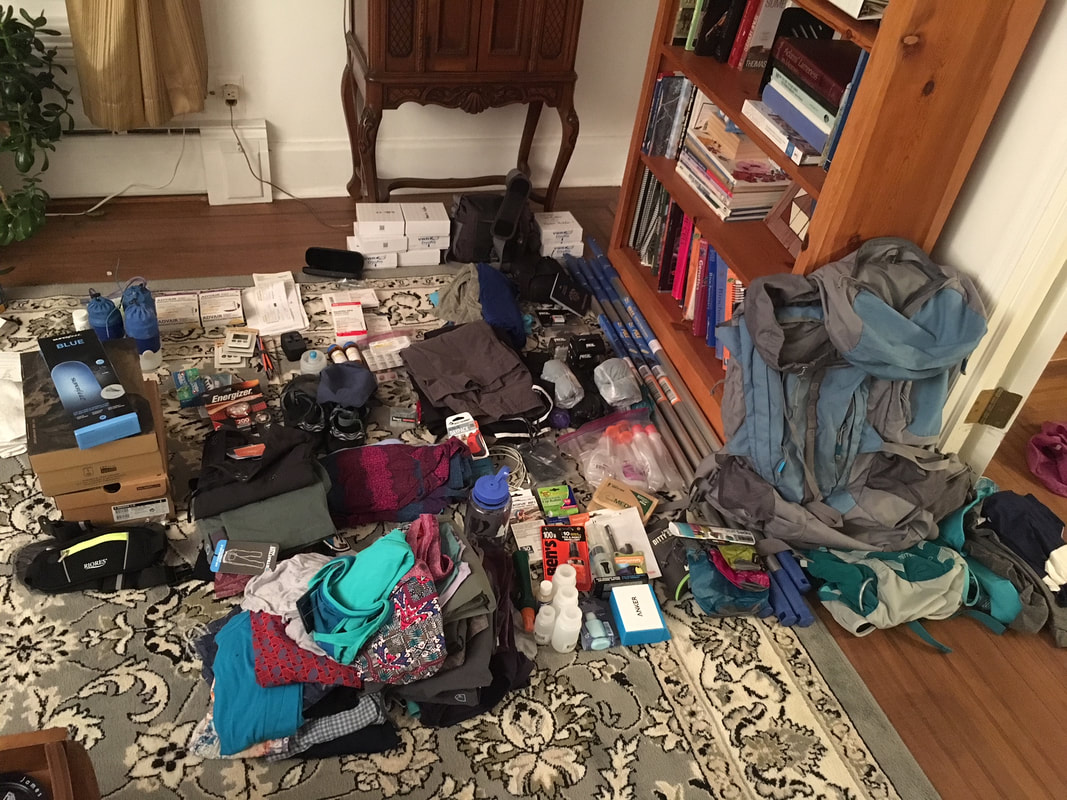
 RSS Feed
RSS Feed